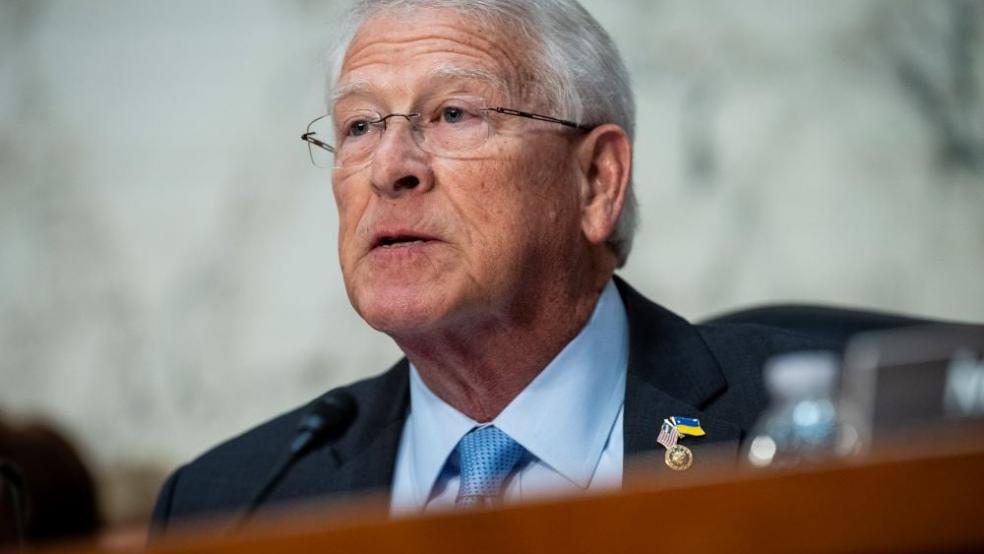The U.S. accounts for about 40% of all defense spending in the world, but one leading Republican lawmaker is warning that isn’t enough to counter the threats the country now faces.
Sen. Roger Wicker of Mississippi, the senior Republican on the Armed Services Committee, is calling for the U.S to increase its defense spending by $55 billion next year, above the $895 billion cap agreed to by the White House and Congress, and to keep raising military outlays until they equal 5% of the country’s gross domestic — an amount exceeding $1 trillion a year.
In an opinion piece published Wednesday by The New York Times, Wicker argues that the military capabilities of the U.S. have atrophied, even as China, Russia and Iran have expanded their armed forces and become increasingly aggressive. “Most Americans do not realize the specter of great power conflict has risen again,” he writes.
Wicker’s proposal would increase the defense budget to about $950 billion in the 2025 fiscal year, or roughly 2.9% of GDP. Over the next five to seven years, defense spending would continue to rise until it hits 5% of GDP, or more than $1.4 trillion given the current size of the economy. Defense spending hasn’t been that high relative to the size of the economy since the massive buildup during the Reagan administration and the first Gulf War under President George H.W. Bush.
“This will enable the United States to fix our failing defense infrastructure, field a new generation of equipment, and maintain American technological leadership,” Wicker says in a 50-page report on the matter obtained by Bloomberg. Specifically, Wicker would direct the extra money toward new military technologies, improved maintenance of existing equipment, and more weapons. The Navy would grow significantly to 357 ships and the Air Force would add at least 340 more planes.
The increase would not have to be permanent, as long as the military-industrial base is built back up. “Ideally, devoting five percent of GDP to defense spending in the near future will not be necessary for very long, but it would certainly pay dividends far beyond five years,” Wicker says. “This defense buildup would set up the U.S. military for sustained success over the next two to three decades.”
The alternative, according to Wicker, is military weakness that would invite aggression. “Regaining American strength will be expensive,” he says. “But fighting a war — and worse, losing one — is far more costly.”
What comes next: Lawmakers are already working on the 2025 National Defense Authorization Act, with the House Armed Services Committee approving its version last week and the Senate Armed Services Committee expected to take it up in June. Wicker will likely push for higher spending at that time, and the effort could win support amid war and growing geopolitical tensions in Asia, Europe and the Middle East.
Senate Minority Leader Mitch McConnell has already come out in support of Wicker’s plan, writing in a social media post that it is now “time for a generational investment in American strength” and that defense spending should not be linked to “partisan domestic priorities” — a jab at Democrats who are demanding equal or similar increases in non-defense spending.
As lawmakers fight over those differences, the fact that we’re less than six months away from an election suggests that the issue won’t be resolved until it’s clear who will be in charge in Washington come next year.



